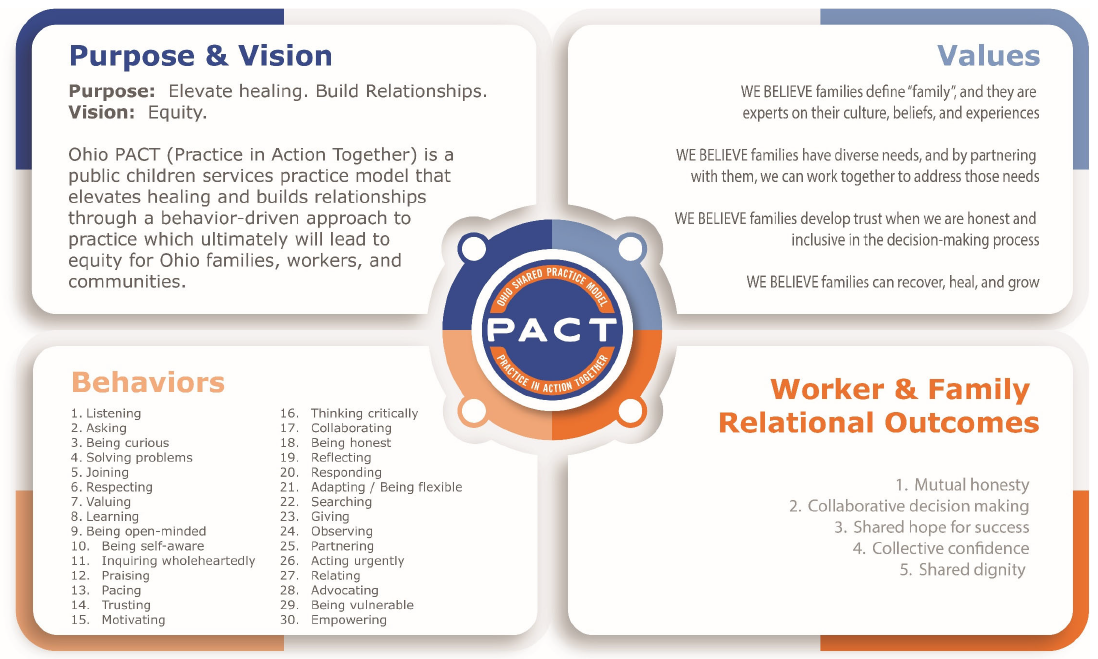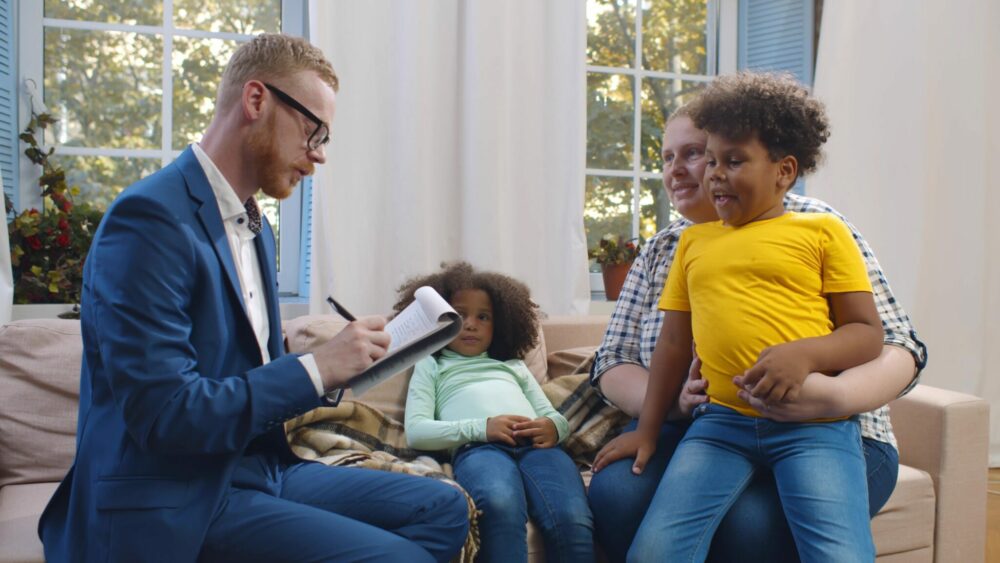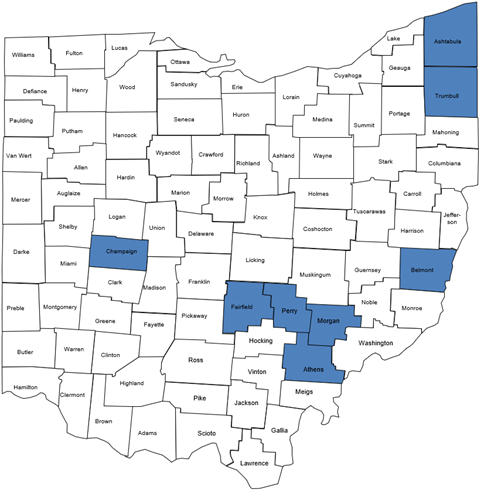Elevate healing.
Build relationships.
Designed with a vision of equity, Ohio’s new shared practice model is PACT — Practice in Action Together. PACT has been developed for (and by) public children services agencies: caseworkers, supervisors, and agency leaders working alongside families, former foster youth, academics, and other experts.
PACT has launched in eight county children services agencies. They are creating Local Advisory Groups, exploring the model, and installing the model using a cultural implementation approach.
Here is a quick overview of the PACT model:


Behavioral Research Project
In partnership with Kaye Implementation & Evaluation and 32 PCSAs, a research project was completed in 2023 to help determine which caseworker behaviors are most associated with positive relationships with families. Based on input from 162 caseworkers and 85 families, there was clear agreement that 1) respecting, 2) listening, and 3) being vulnerable were the most important caseworker behaviors. Data from the research is helping to inform the initial implementation of PACT.
Newsletter and Podcast
The PACT team produces a newsletter every Friday, PACT LAB, highlighting progress in Cohort 1 counties and featuring a new weekly podcast, 3,000 Good Things.
Cohort 1 – January 2024
Eight county agencies have been selected as champions for change to begin implementing PACT. Participating county agencies include:
- Ashtabula County Children Services
- Athens County Children Services
- Belmont County Job & Family Services
- Champaign County Job & Family Services
- Fairfield County Job & Family Services
- Morgan County Job & Family Services
- Perry County Children Services
- Trumbull County Children Services

Guiding Principles
Implementation of PACT will be driven by seven guiding principles:
1. It’s not another thing – it’s the thing.
We already practice with our families every day. Each Ohio PCSA has experts in certain behaviors who are able to hold true to the values of the work. PACT cannot, and should not, be viewed as another requirement or mandate – it is a framework for daily improvement of the work PCSAs are already doing to achieve better outcomes for both their workers and families.
2. Practice is culture, and culture needs structure.
Culture is an implicit pattern of shared basic assumptions among a group of people. It can be defined, measured, and changed. Culture lives in habit—the routines people enact—it is how you “get work done around here.” PACT provides the structure needed to reinforce habits and behaviors that result in strong relationships between workers and families, and in all directions within the agency (workers, supervisors, managers, directors).
3. If we change our behaviors, our hearts and minds will follow.
Learning new behaviors can be uncomfortable and often our brains take over to prevent us from changing. By focusing on behavioral change, workers and supervisors will experience the benefits of a working partnership with families and will in turn feel a sense of improved hope and belief.
4. PACT behaviors are achieved through see one – do one – teach one.
Training will be used to support implementation; however, it is not effective to attempt to train a worker how to show respect to a family or to learn how to advocate on behalf of a family in court. The philosophy of “see one – do one – teach one” will be used to help caseworkers and supervisors to work together collectively to leverage existing skills to teach, shadow, test, and mentor one another.
5. It’s a model and a movement.
PACT, as a model, is to be used as a movement toward constant and consistent quality improvement by measuring family and worker outcomes and actively practicing behavioral change daily. Successful use of PACT requires hundreds of PCSA team members to work together to make small improvements over time. PACT is dependent on a parallel process adopted throughout the entire PCSA including every position and role.
6. PACT meets agencies where they are.
PACT was developed as Ohio’s shared practice model with the purpose of elevating healing and building relationships to address practice inequities across the state. To ensure PACT is truly shared across the state, assessments, tools, and supports must be designed to meet PCSAs where they say they are in the cultural and structural practice change process. We must prevent furthering existing inequities.
7. Fidelity is about challenging and supporting one another.
The theory of change with PACT is based on understanding that the strength of the relationship between the worker and family is the leading indicator of successful short- and long-term outcomes. The key to holding high fidelity to the PACT model is for PCSAs to make space to debate and discuss what each of the behaviors looks like within their agency and position, and to review what the family and worker data are telling them regarding the relational outcomes. And, most importantly, fidelity is about creating a culture where it is not only acceptable to hold each other accountable to the behaviors, but that it is expected.
